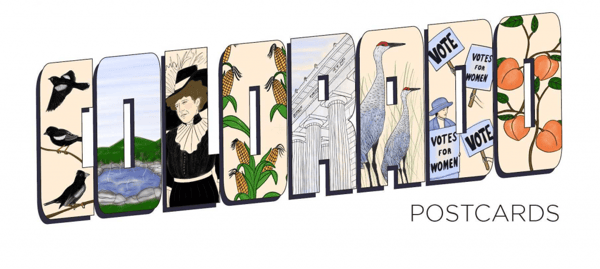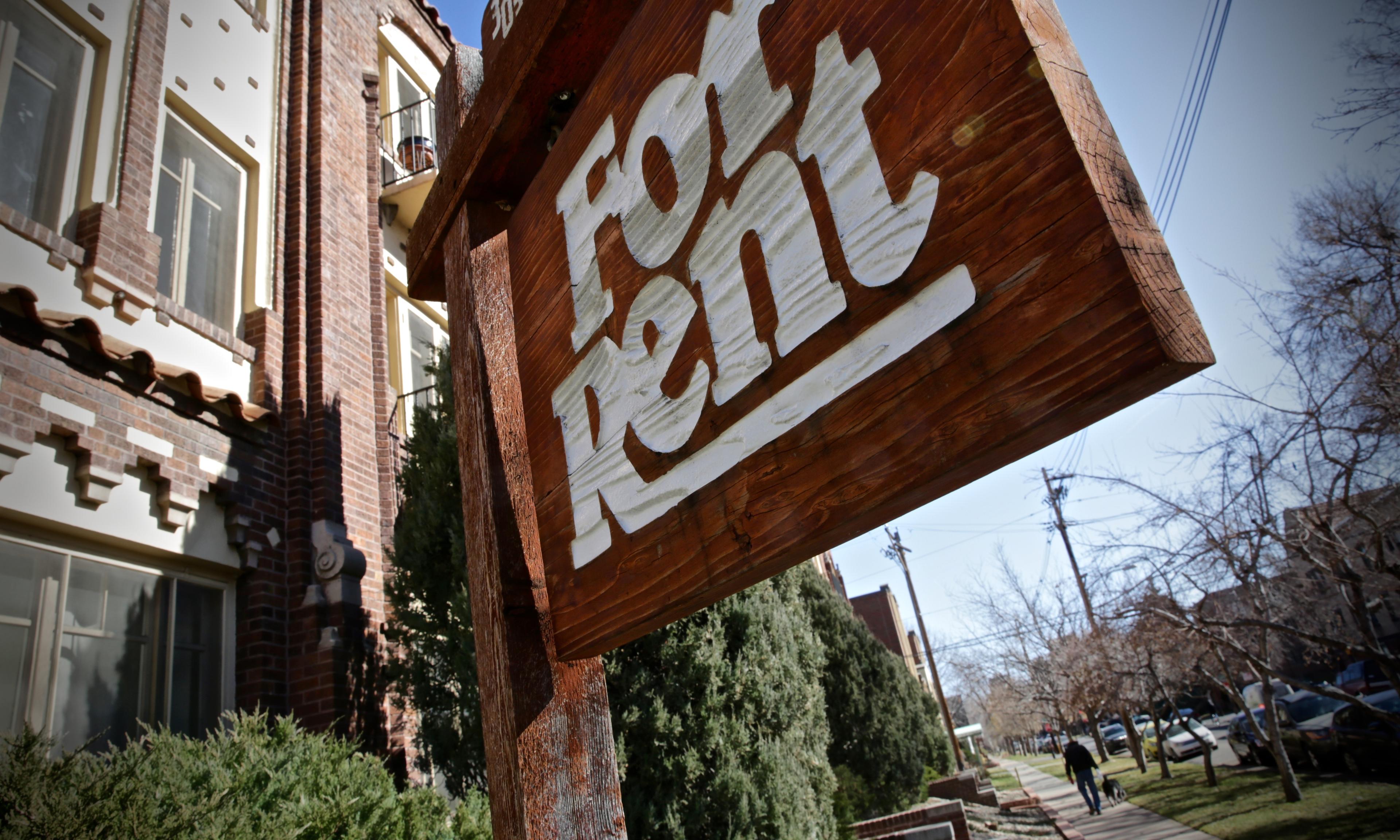
Could Colorado Open The Door To Rent Control?
For more than three decades, Colorado cities could not regulate the rental market. A first-year lawmaker wants to change that.
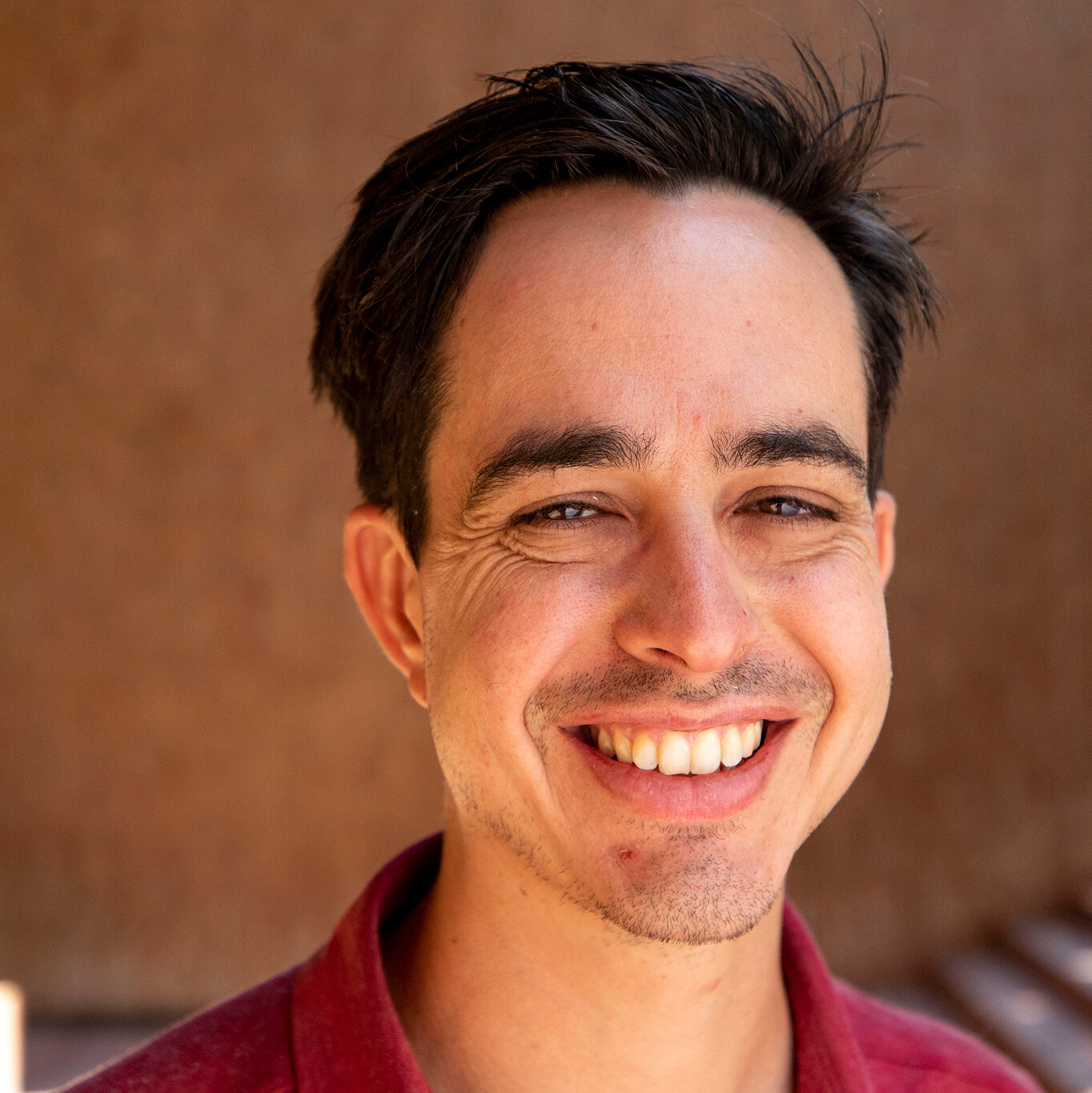
By Sam Brasch
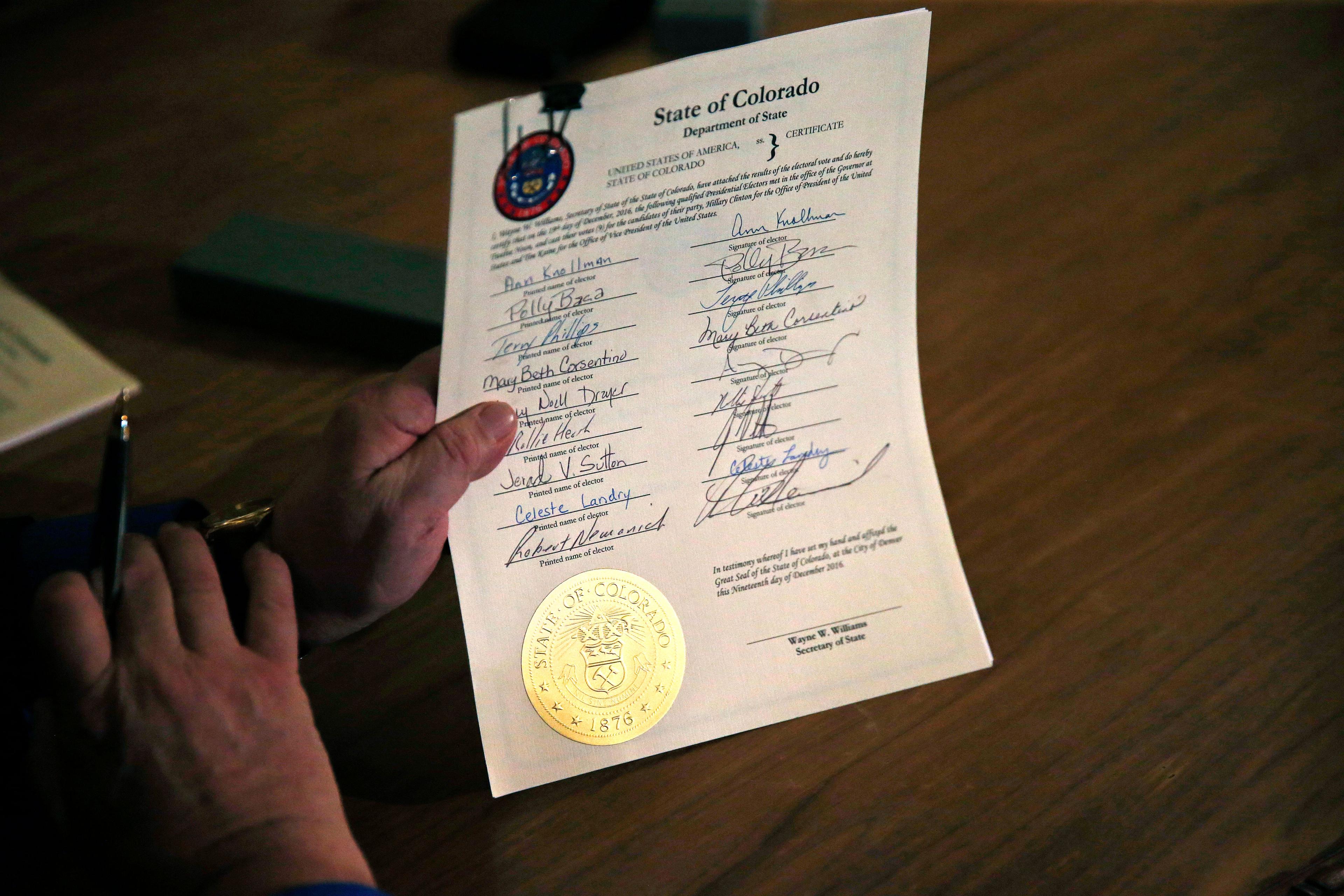
Colorado Could Join Effort To Sideline The Electoral College
A bill at the state legislature would award Colorado’s nine electors to the presidential candidate who won the popular vote — if enough states get on board.

By Sam Brasch
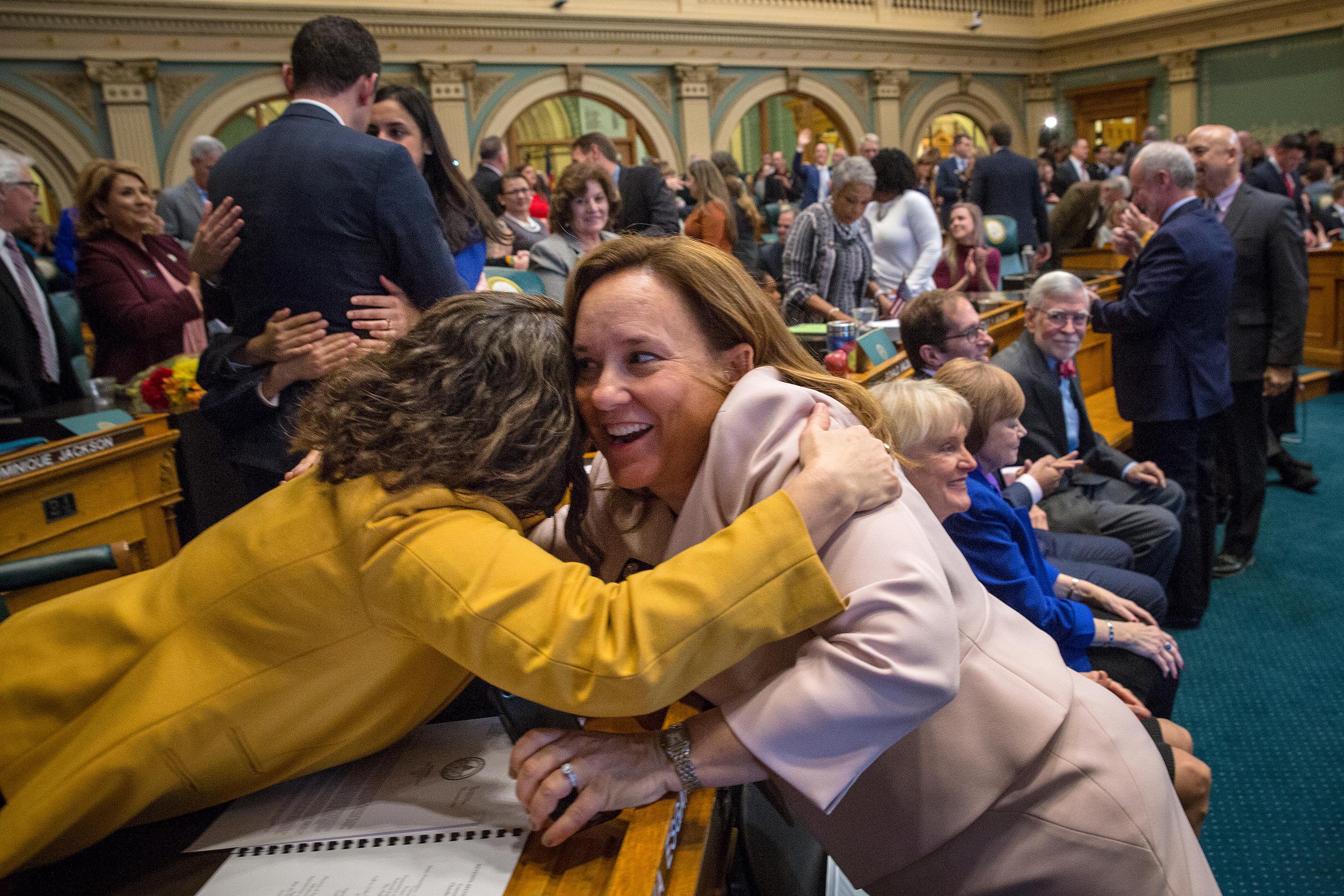
Colorado Lawmakers Go Back To Work In A Democrat-Controlled Capitol
The political playing field changed after Democrats swept both chambers of the legislature and the governor’s office in the 2018 elections.

By Sam Brasch
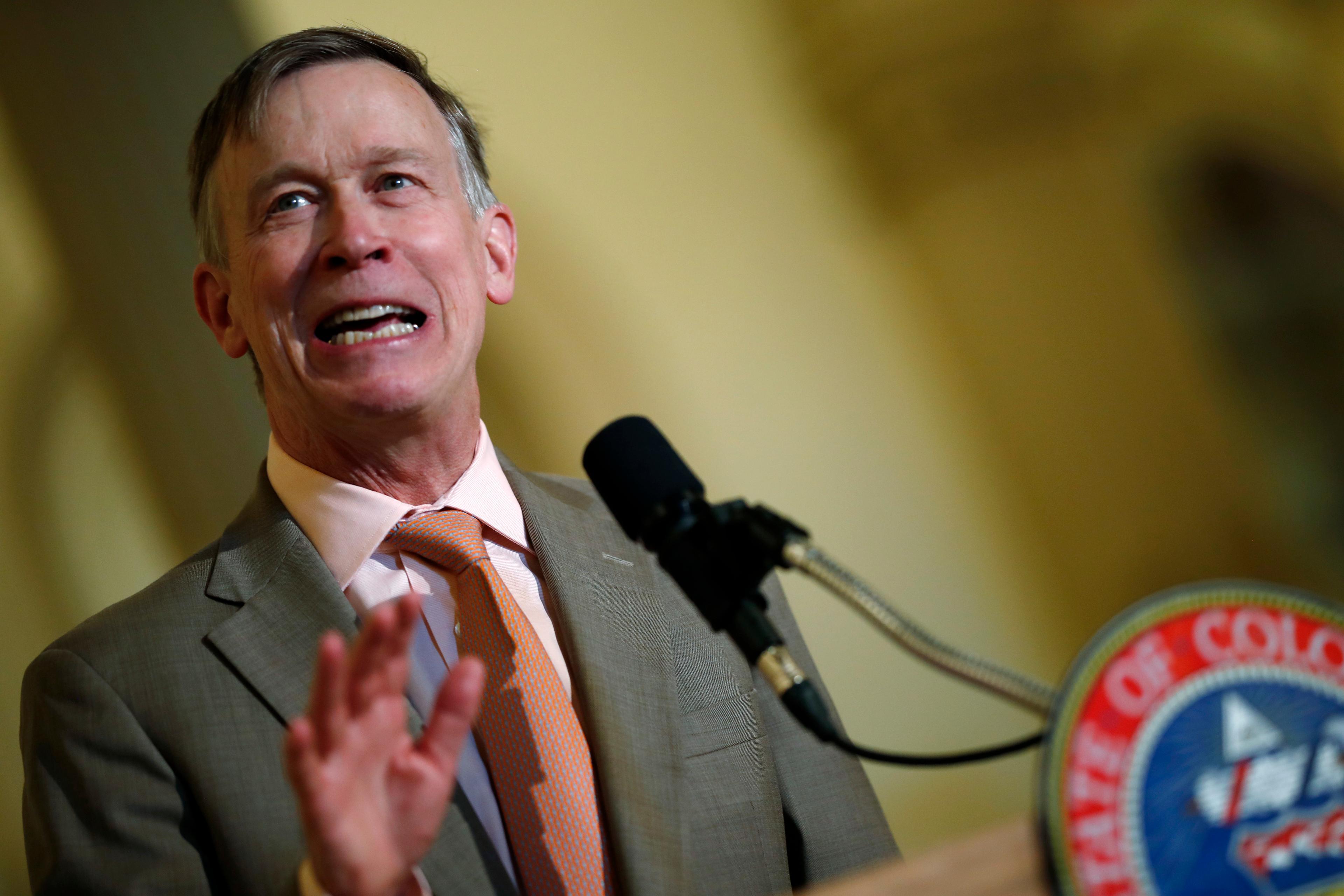
BONUS: Hick At High Noon
After eight years as Colorado’s governor, John Hickenlooper appears to be gearing up for a presidential run. On the campaign trail, he’s almost certain to emphasize gun control laws he signed in 2013. He led a purple state as it beat back the gun lobby to pass two controversial measures. But what did he do — or not do — to make that happen? And what does the story of those laws say about how Hickenlooper leads?
CPR Public Affairs Reporter Bente Birkeland breaks it down. And keep an eye on this podcast feed! It’s where we’ll tell you more about the return of Purplish for the imminent legislative session.

By Sam Brasch
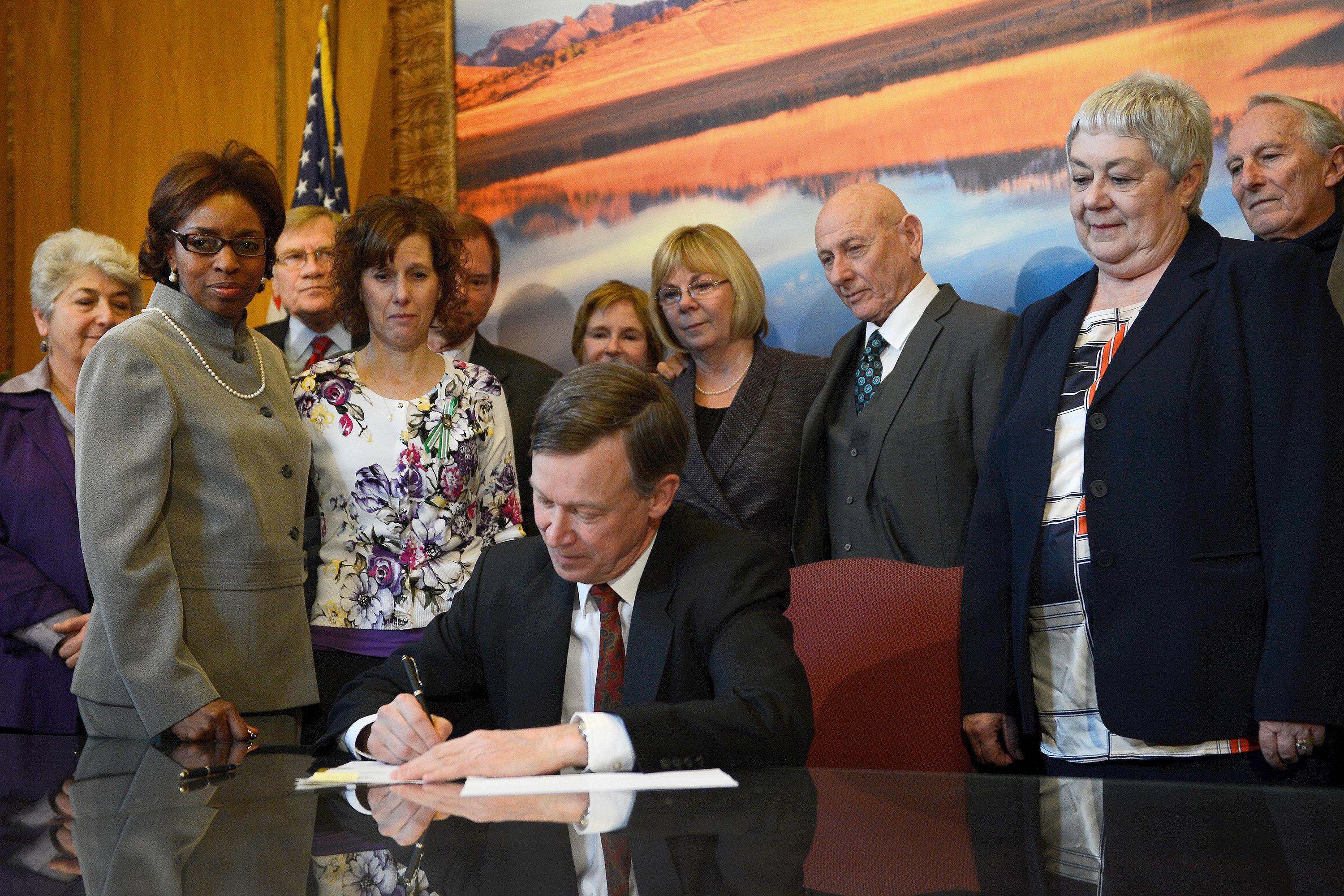
Colorado’s Gun Control Quarrel Illustrates How The Hickenlooper Way Might Fare In A Partisan Presidential Age
The 2013 fight over two gun bills says a lot about Hickenlooper as a leader — as a governor — and as a potential United States president.
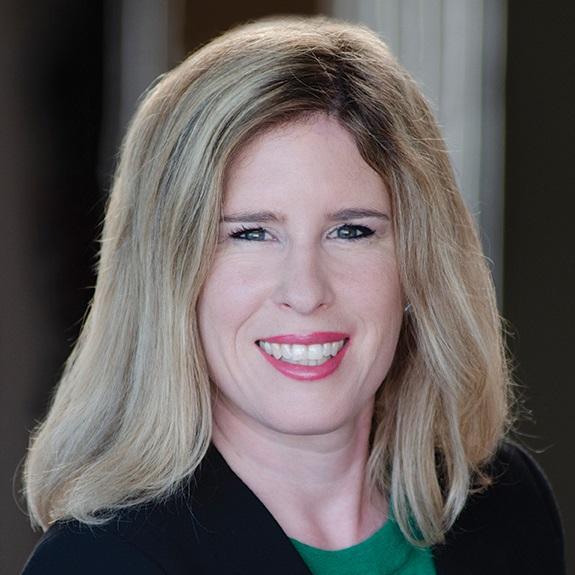
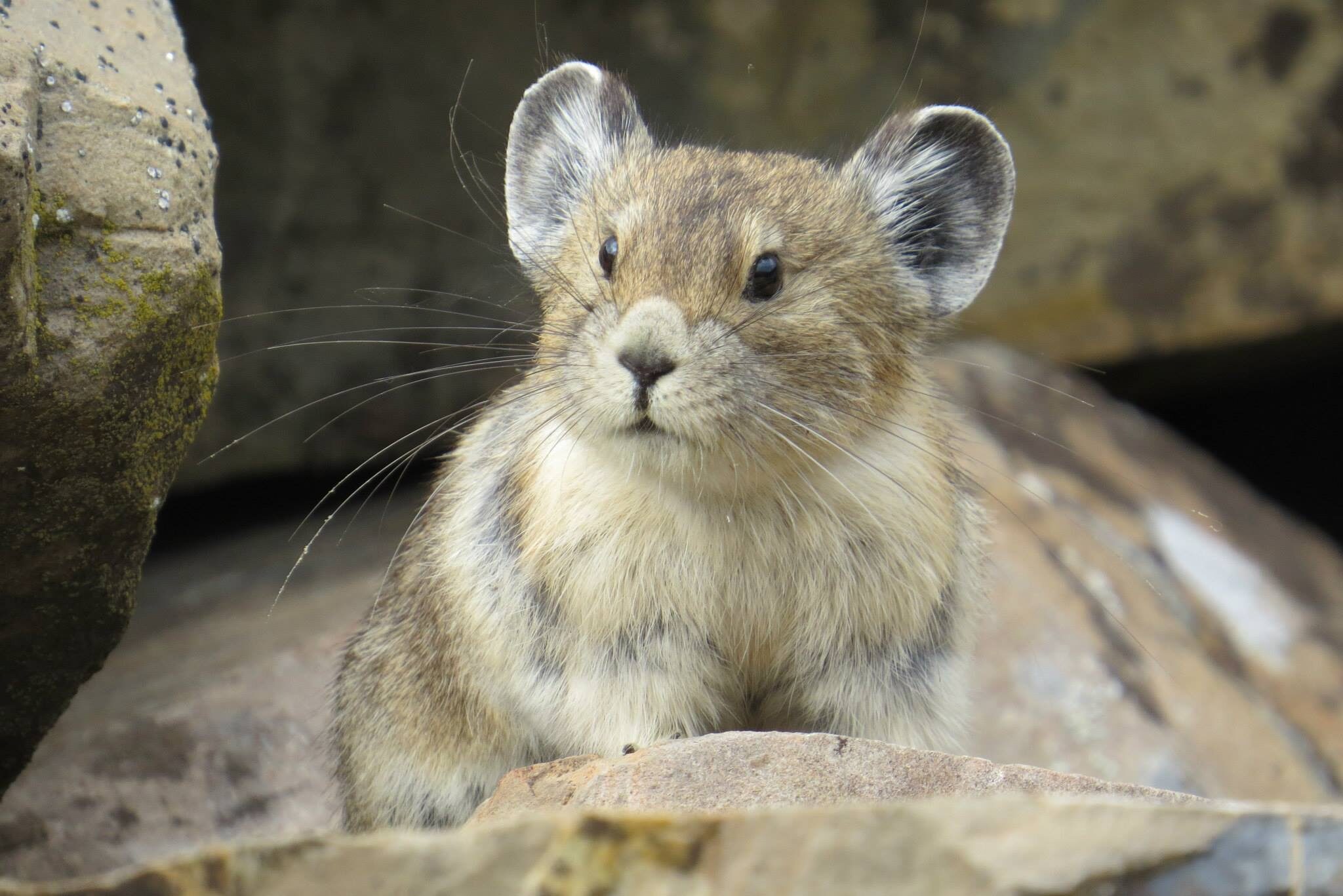
Want To See Climate Change In Colorado? Keep An Eye On The Pikas
Climate change is big. For some, the little lagomorphs can be a way to grasp its reality.

By Sam Brasch
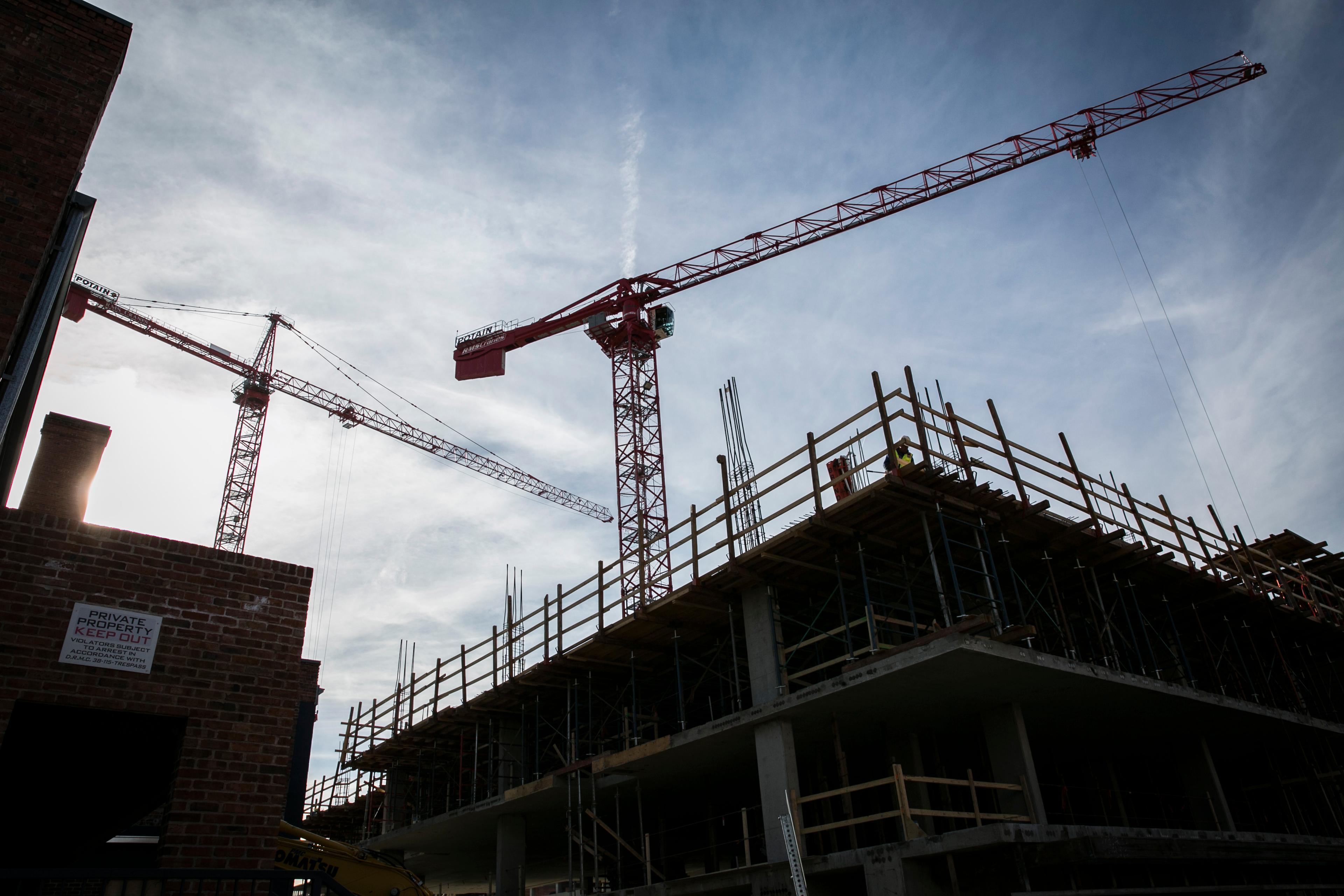
Report: Colorado Families Are Struggling Despite A Booming Economy
An annual index calculates how much a family must earn to meet basic needs. It’s not looking good.

By Sam Brasch

BONUS: What’s Next for Pur-plish?
Now that ballots have been cast and counted, CPR is trying to figure out what the future holds for Purplish.

By Sam Brasch
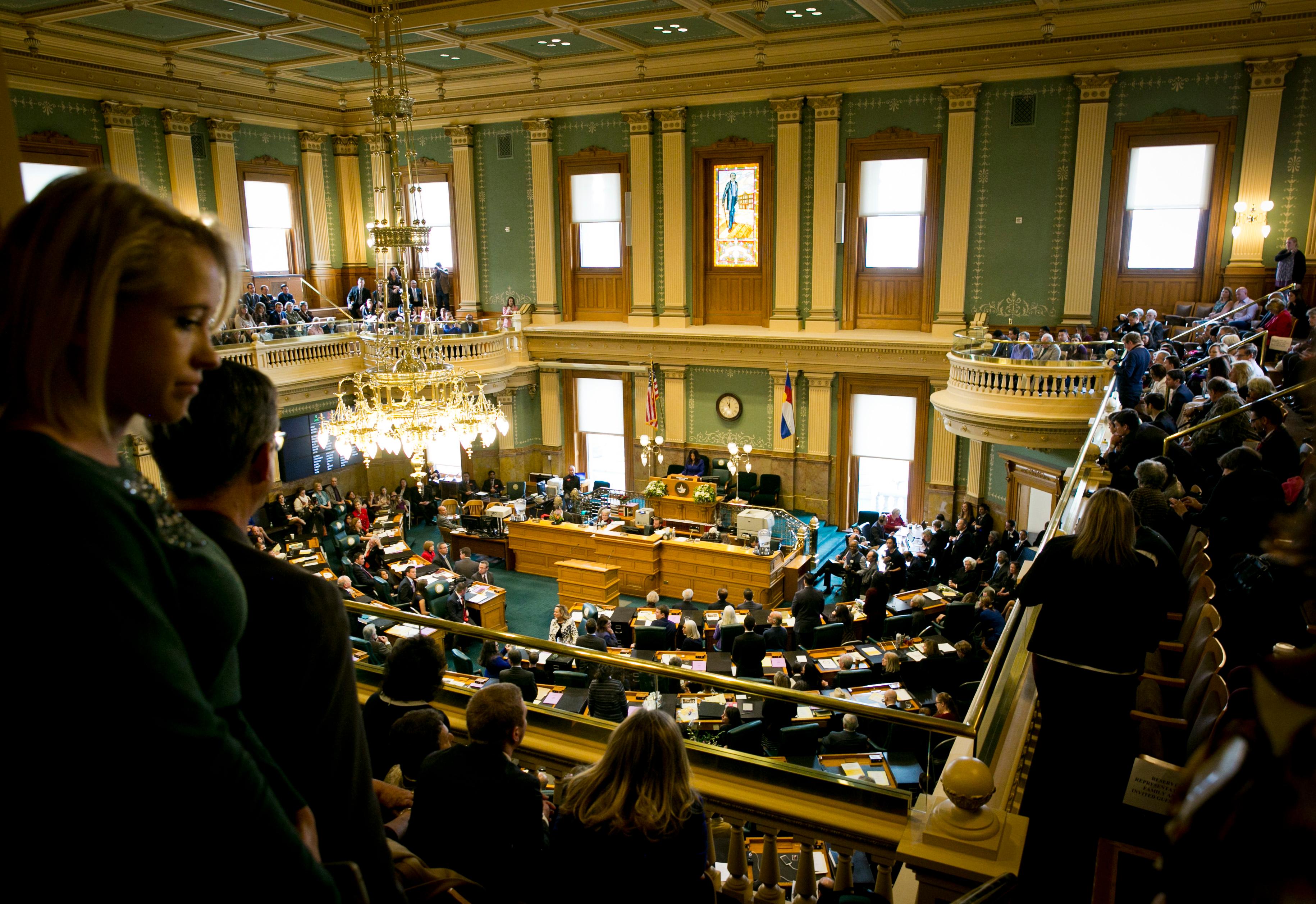
Colorado Republicans’ Plan To Regain Power? Wait for Democrats To Overreach
The state GOP is preparing for life in the political wilderness.

By Sam Brasch
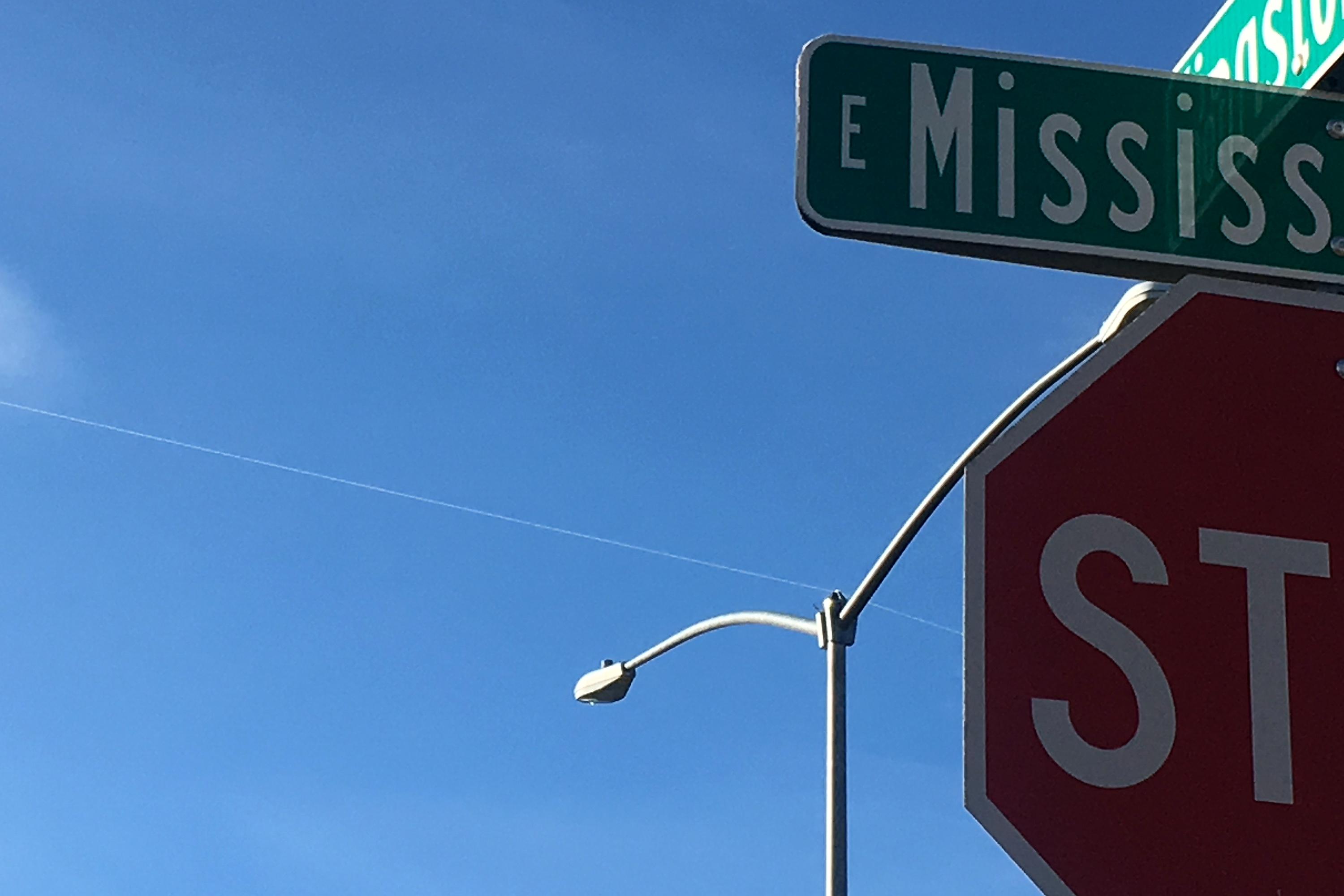
It’s Not A Power Line. It’s Not A Telephone Line. It’s An Eruv, And It’s Important On The Shabbat
Someone asked Colorado Wonders, what is that thin, clear wire running atop streetlights and telephone poles in Aurora? We checked it out.

By Sam Brasch
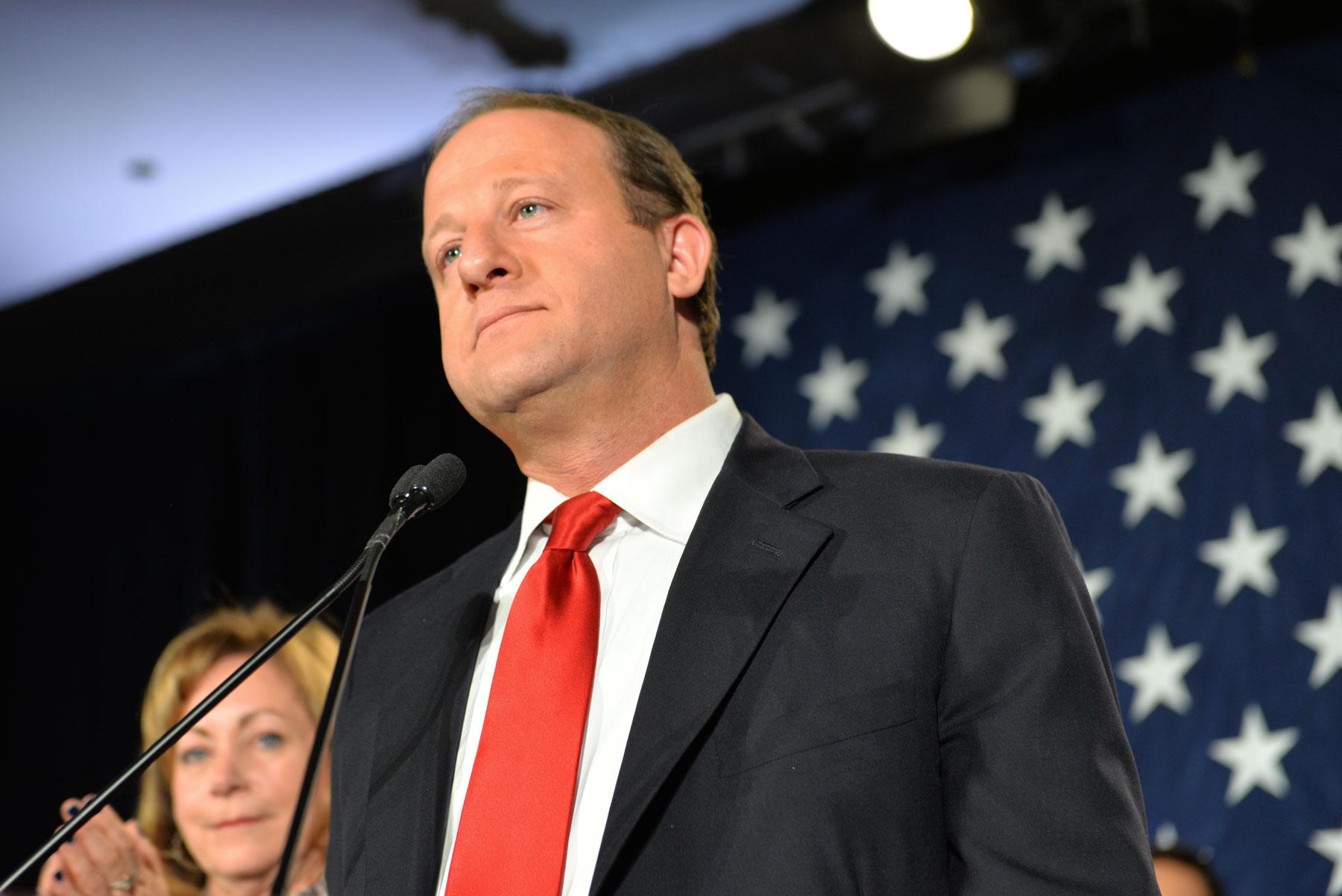
Blue Avalanche
The midterm election has come and gone. In Colorado, what occurred wasn’t a blue wave, it was a blue avalanche. It was a signal so strong that you could wonder if this is even a purple state anymore.

By Sam Brasch
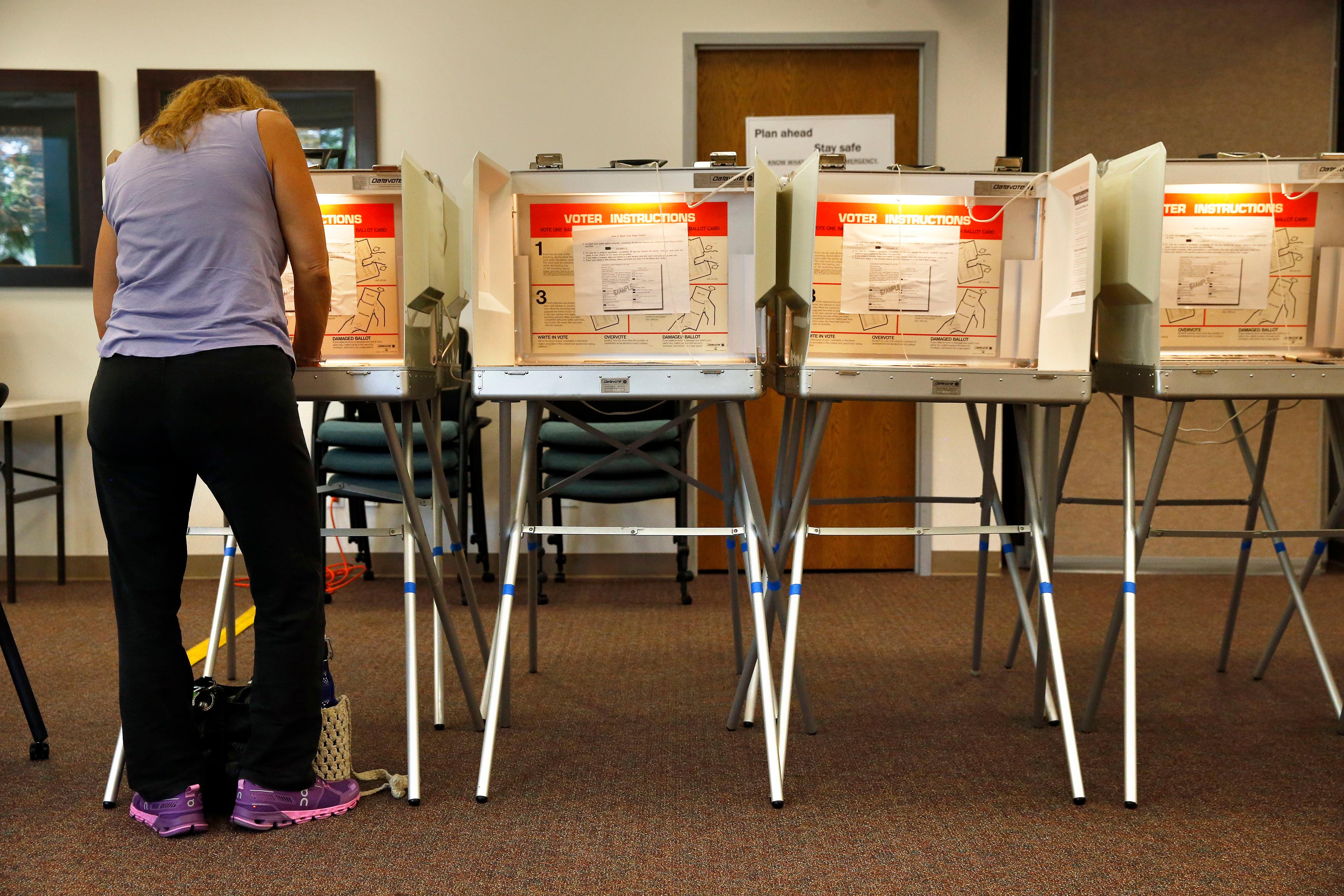
The Holdouts
Colorado boasts some of the highest voter turnout in the country. Seventy percent of eligible adults submitted a ballot in the 2016 election, putting the state fourth in the country for voter turnout.
But that still means 30 percent of eligible adults sat it out. Why? Many of the common barriers to voting don’t exist in Colorado. The process is easy. The elections are competitive. So we’re turning to one group that can help with some answers: nonvoters themselves.

By Sam Brasch
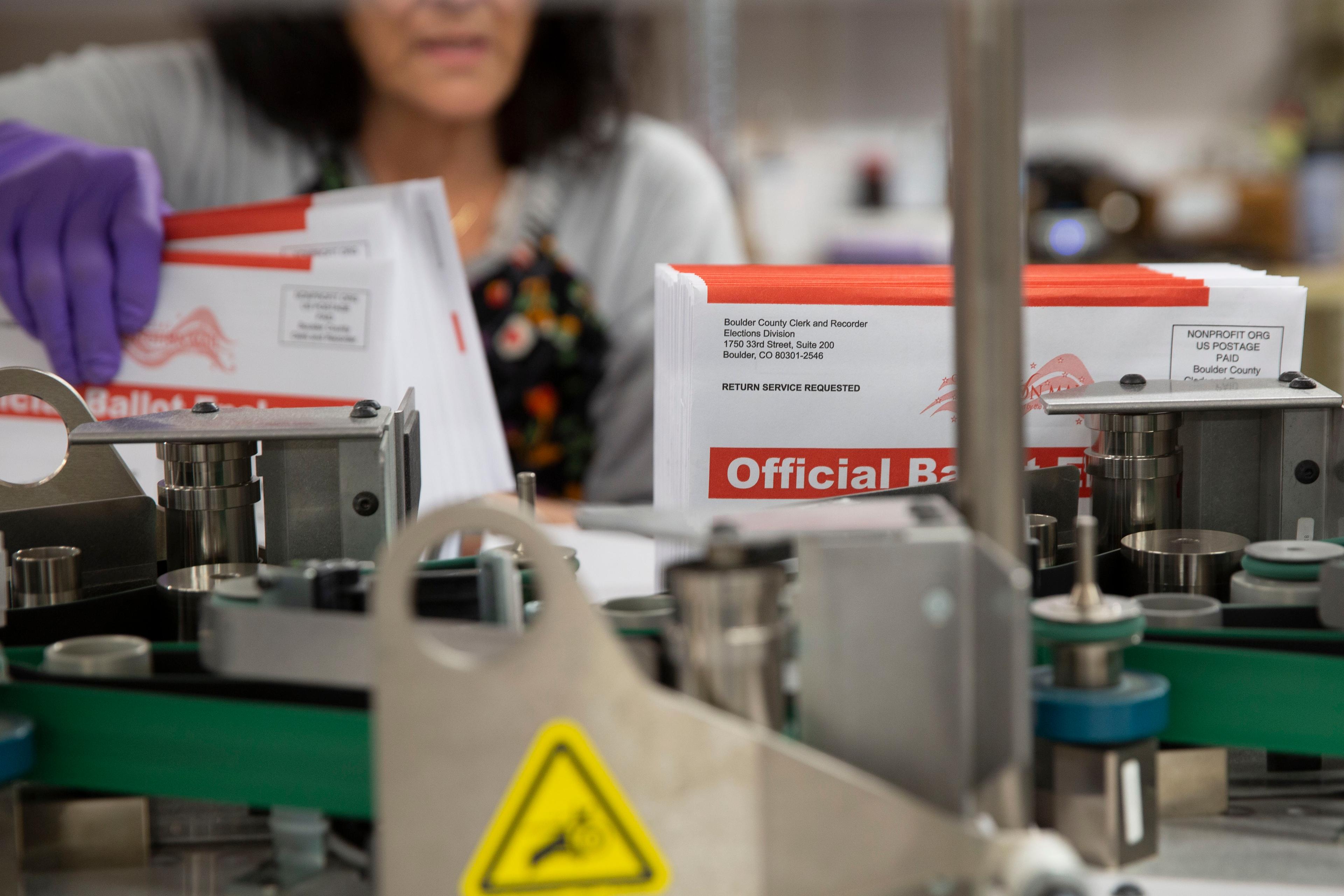
You Can’t Hack Paper
Security experts say Colorado is one of the most reliable places to cast a ballot. That’s largely because of an old technology: good, old-fashioned wood pulp.

By Sam Brasch
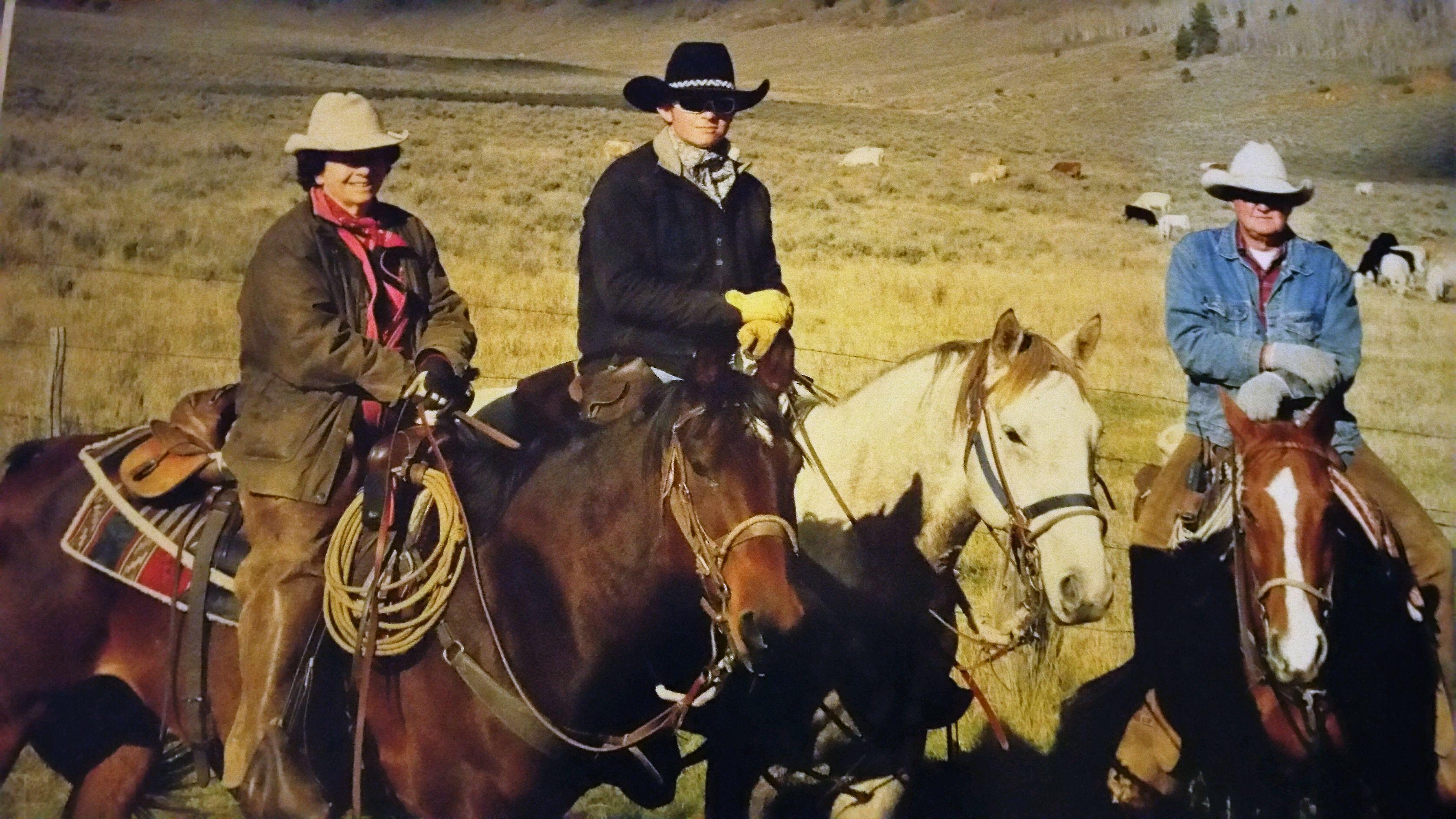
The Prisoner Voting Dilemma
Unlike in other states, convicted felons in Colorado who have completed parole are allowed to vote. New laws require people leaving the criminal justice system to learn about their voting rights and give parolees the chance to pre-register. A bipartisan coalition is behind those changes, but how far is it willing to go toward re-enfranchising people within the criminal justice system?

By Sam Brasch
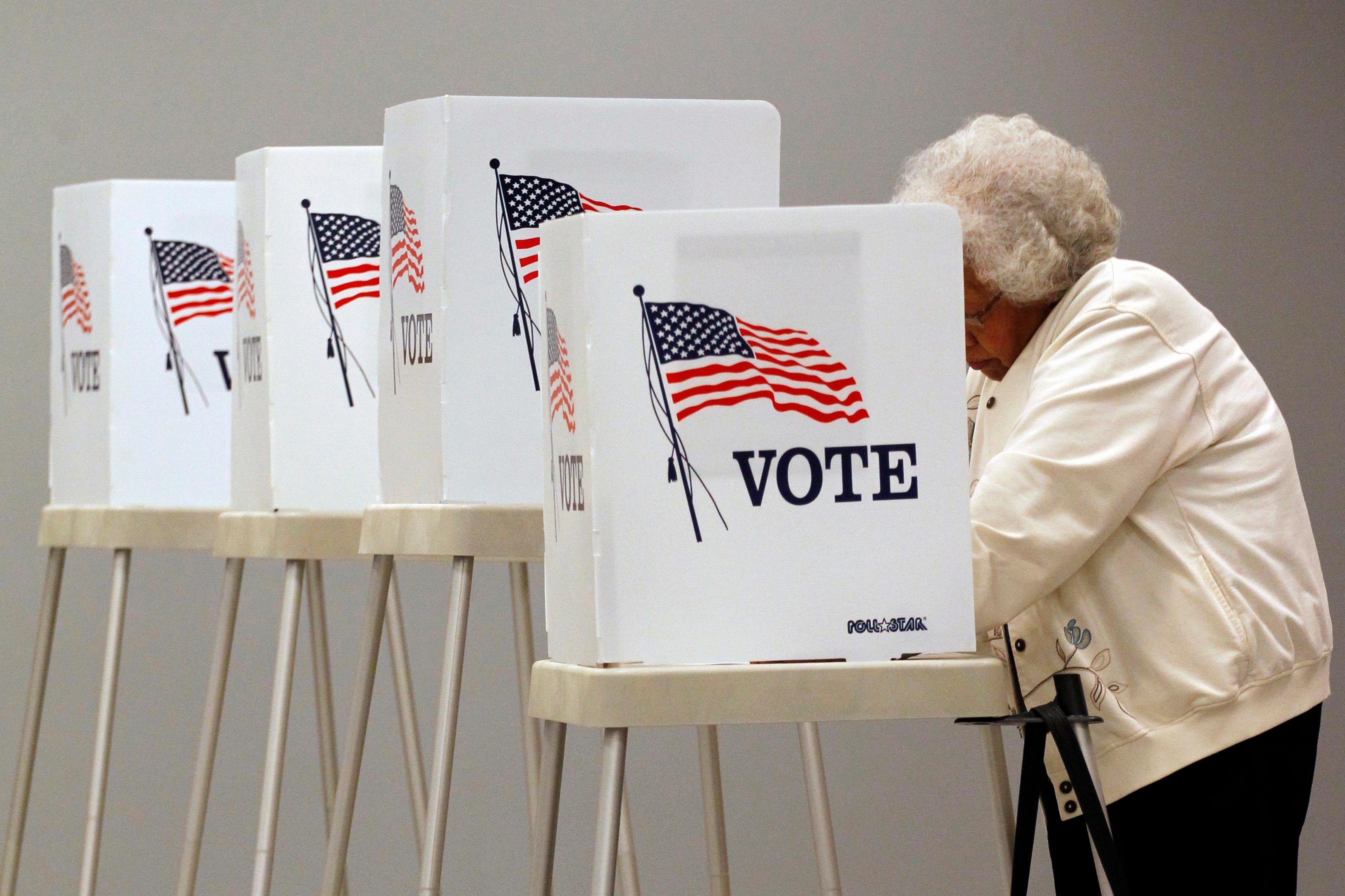
Purple State Blues
Democratic presidential candidates are on a winning streak in Colorado. The state voted for Barack Obama twice and for Hillary Clinton in 2016. It’s been even longer since Colorado elected a Republican governor. Those results have led some to wonder if the state shouldn’t be considered purple anymore. On the electoral map, it might now be more of a light blue.
One expert says not so fast.

By Sam Brasch
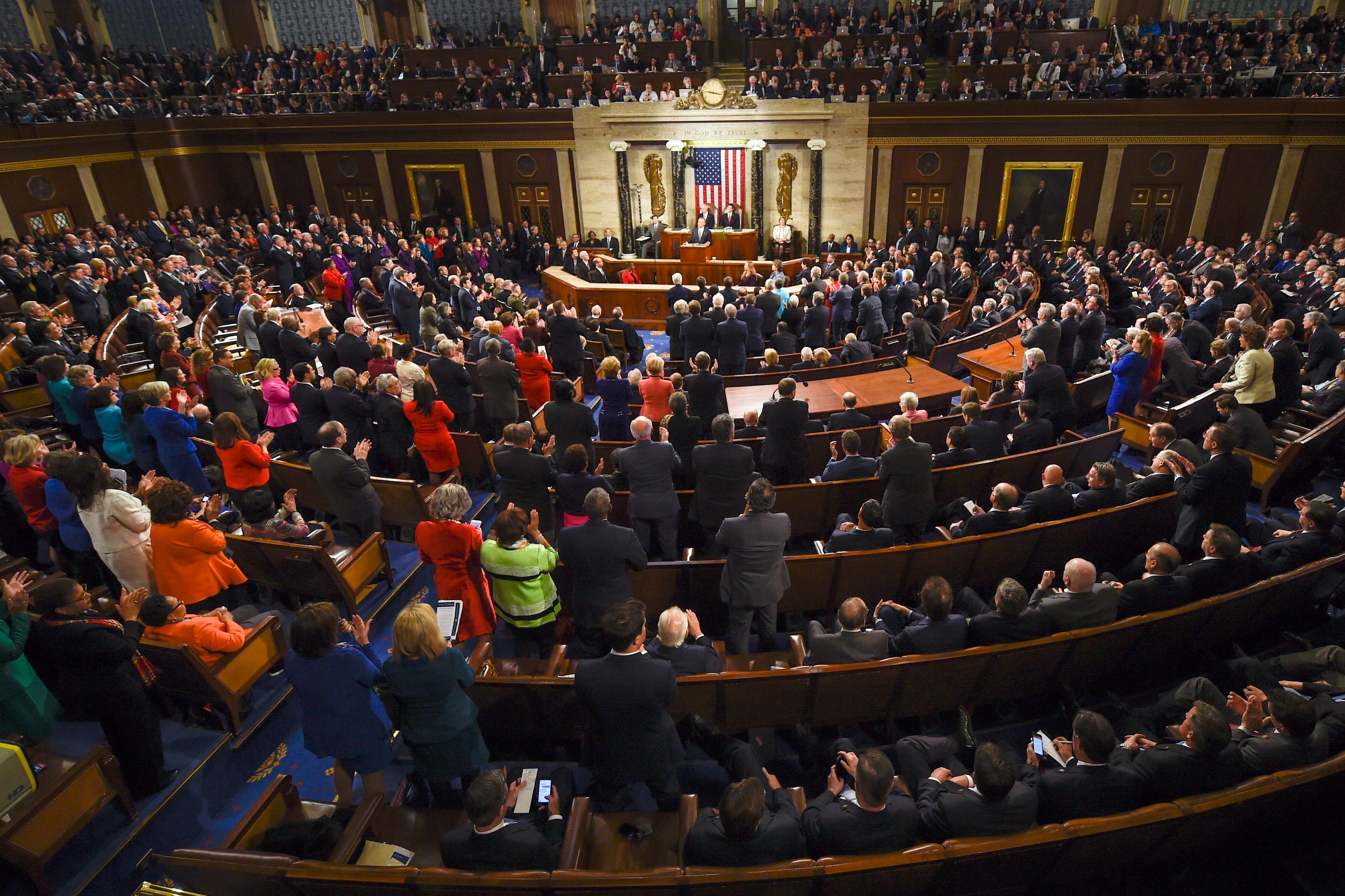
Gerryman-don’t
Gerrymandering is on the Colorado ballot this November. Amendments Y and Z promise to take the politics out of the drawing of congressional and legislative boundaries. To do it, they would hand the responsibility to a pair of commissions made up of heavily screened citizens — not politicians or their hand-picked representatives.
This week on Purplish, we look back at the troubled 2011 redistricting process and how it led to the current calls for reform. And we discover the amendments aren’t just about putting politicians in line. They also try to balance voters’ dueling desires for electoral power and community.

By Sam Brasch
